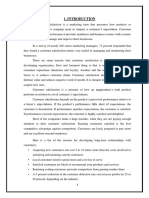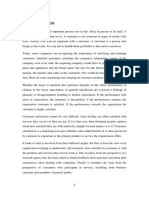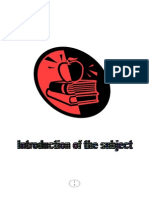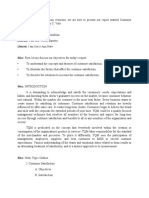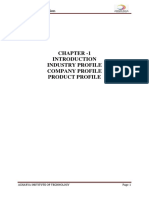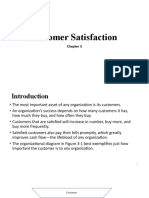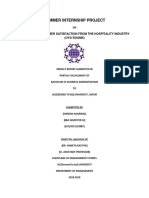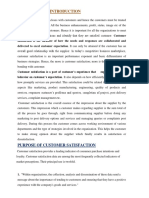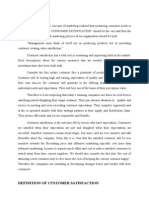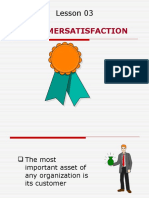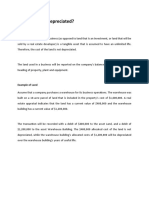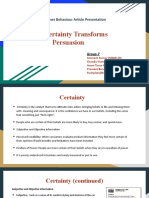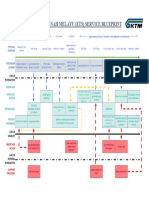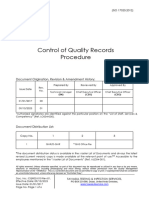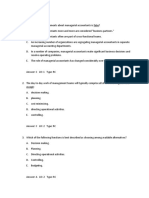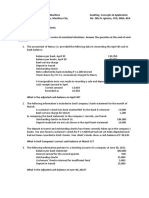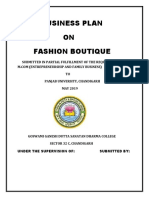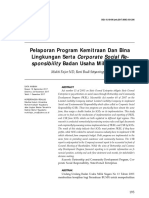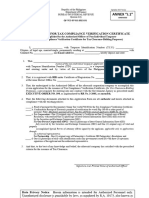0% found this document useful (0 votes)
30 views14 pagesCRM Module-2
The document discusses customer satisfaction, defining it as the fulfillment of customer needs and expectations regarding products or services. It outlines strategies to enhance customer satisfaction, such as using social proof, providing bonuses, and offering training and support. Additionally, it emphasizes the importance of measuring customer satisfaction for organizational success and presents various models and indices used for evaluation.
Uploaded by
Ashita SavsaniCopyright
© © All Rights Reserved
We take content rights seriously. If you suspect this is your content, claim it here.
Available Formats
Download as PDF, TXT or read online on Scribd
0% found this document useful (0 votes)
30 views14 pagesCRM Module-2
The document discusses customer satisfaction, defining it as the fulfillment of customer needs and expectations regarding products or services. It outlines strategies to enhance customer satisfaction, such as using social proof, providing bonuses, and offering training and support. Additionally, it emphasizes the importance of measuring customer satisfaction for organizational success and presents various models and indices used for evaluation.
Uploaded by
Ashita SavsaniCopyright
© © All Rights Reserved
We take content rights seriously. If you suspect this is your content, claim it here.
Available Formats
Download as PDF, TXT or read online on Scribd
/ 14



